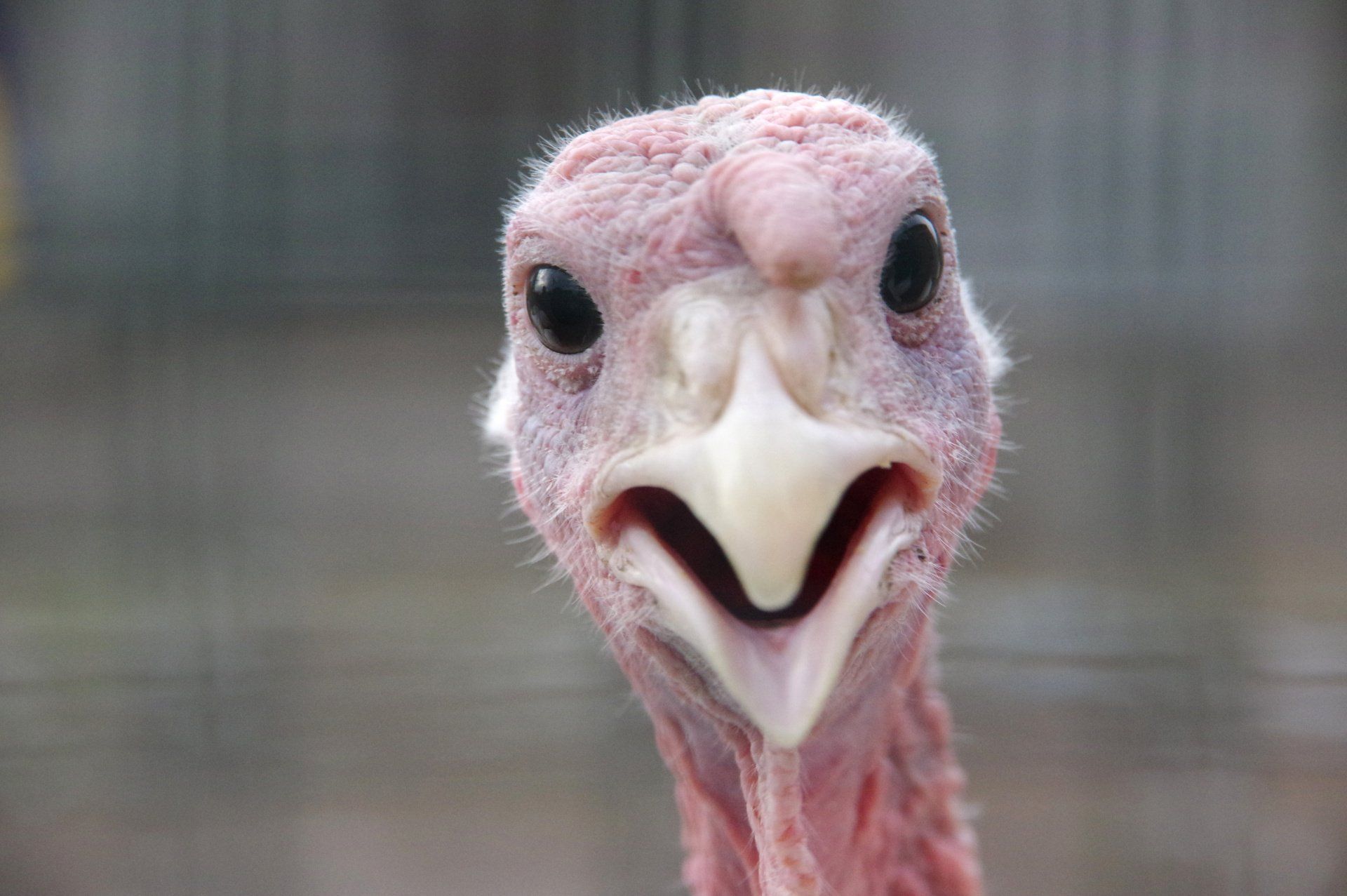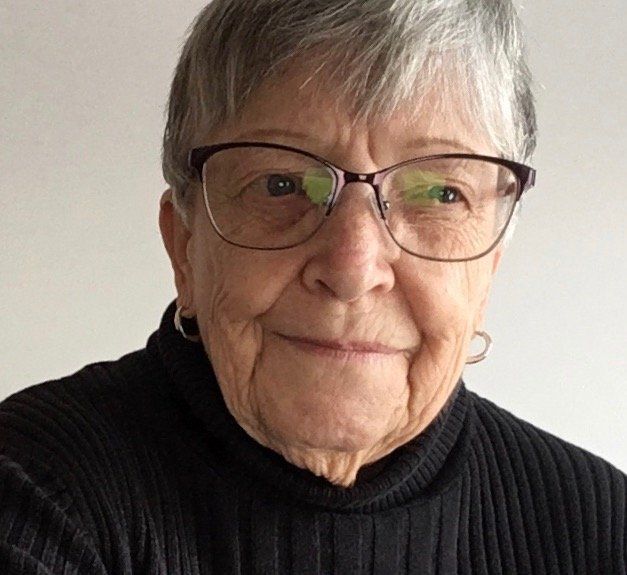Thanksgiving has arrived. Time to give thanks, enjoy nature’s bounty and do battle with a Thanksgiving turkey. If you’re a beginner to the world of domestic bliss and hosting the Thanksgiving meal, get ready — it’s a big deal. I equate it with cooking for Camp Wainwright.
Don’t be deterred; just follow these instructions step by step.
Somewhere around 4 am, you’ll need to start looking through the recipe books. By 5 am, you’ll have to progress to math: calculating how many pounds of turkey you need per person and how long you cook the turkey per pound. Then send a panicked e-mail to Martha Stewart.
By this point, you will have completed the defrosting process. (You HAVE defrosted the bird, right?) Back in the day, we could leave the bird out in the sun for three days, toss it in the oven and call it the flu when we got sick. Now we have to defrost it slowly in the fridge, cook the turkey to a precise internal temperature and give any illness resulting from our culinary misstep an exotic name. But I digress…
So there it lives. The bird. It sits on the counter with wings projected slightly, looking like a headless turkey that’s trying to hide. It’s a pathetic sight, truth be told. There’s no time to get emotional now. It’s time to cook that turkey!
Step 1: Prepare the bird. The frozen neck will be wedged in the neck cavity tightly and can only be removed with by a stick of dynamite. If, like me, you find yourself without dynamite at 6 am on Thanksgiving Day trying to remove the neck of the turkey, simply brace both your feet on the turkey and pull. Hard. Be forewarned: By the time your husband gets out of bed there will be blood stains on the wall, cleaver marks on the counter, and the kitchen will resemble a scene from a Stephen King novel. At this point, you and the turkey should now be sitting side by side on the kitchen floor, whimpering. (You, not the turkey.)
Step 2: The Stuffing. Here’s where the real fun begins. No matter how much stuffing you put in the turkey, it will spit it back out. I used to sew the cavity shut, but my sewing skills left something to be desired. By the time I was done, the turkey looked like a nervous surgeon had done a triple by-pass. A word of advice from personal experience: masking tape and staplers don’t work either. Never fear! There are skewers! Skewers were invented for people who are stuffing-challenged.
Step 3: Mid-way through the roasting process, remove the bag of frozen turkey hearts, kidneys and the like from inside the bird. Scrape out the melted plastic bag and save it for next week’s casserole.
Step 4: You must be prepared for these last stages. Have a turkey thermometer at the ready. (I have no idea where to stick it or what the turkey’s fever should be, but have it ready.) You must have a baster. (It’s that device that looks like it’s designed to give the turkey an enema.) You should also have a turkey lifter so that the turkey can slide out onto the floor when you lift it from the roasting pan.
Now, simply place what remains of the turkey onto the counter, say goodnight to your guests, go to bed and be thankful that Thanksgiving only comes once a year!
Happy Thanksgiving, everyone!
- Beth




